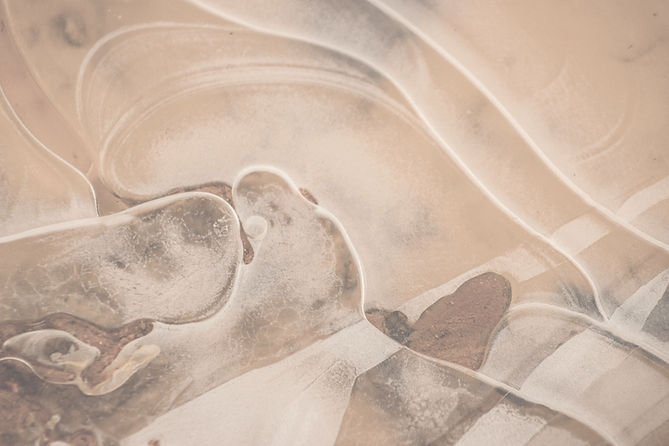
Urban Living Lab Venice
"Giudecca Paradàis - A Collective game for the Giudecca island

How to re-discover the island as a place of well being?
Challenge context
The island of Giudecca, once called also “Spinalonga” for its elongated fishbone shape, was one of the first islands in the Venetian lagoon to be inhabited and, due to its strategic location, has historically played a leading role in trade. At the same time it was considered the suburbs of the main island: its territory was used as a place for discharging everything that was considered unworthy, as industries and waste. The same consideration was often applied to its inhabitants, the working class employed in the industry, perceived negatively from Venetians.
In the last 40 years Giudecca island experienced a constant decline in the number of inhabitants and, consequently, in the services provided to them, currently exposing the area to a high risk of touristification, with the threat that the island will suffer a fate similar to that of the neighbouring city centre of Venice, where the consequences of a declining population and limited services for residents are clearly evident.
Research
The research approach was iterative and as open as possible. Starting from the exploration of the territory, through the practice of flânerie or guided by local inhabitants, and the desk research, the group has always kept an ongoing structure adapting to the new learnings.
The relationship with stakeholders was at the centre of the whole process. The use of many different tools like small group interviews, world café, conversations and even pop-up interventions, was the key to reach and collect a variety of voices (merchants, voluntary associations, artisans, trade associations, local teachers, etc.). Through the stories and thoughts of the inhabitants it emerged clearly that Giudecca’s resilience lay precisely in the resilience of its community and its identity, which are rooted in a past history of workers’ struggles, participation and mutualism. Nevertheless, the strong sense of belonging is fighting with an increasing social and territorial fragmentation. In fact, even the associations and activism experiences involved on the island, that shared a common vision of enhancement of the community, are not often connected to each other.
Considering the information collected, the project’s aim was to promote a “well living” in Giudecca, as a bottom-up antidote to depopulation and touristification. The goal was to give value to the community and to share a positive storytelling of the island, as well as to reinforce the connection and the sense of belonging.

How a shared memory could help re-building the perception of the territory as a common paradise?

Intervention
The project “Giudecca Paradàis” was born as a tool of territorial exploration, co-created with its inhabitants. The project used gamification and storytelling to enhance the territory, developing two games tailored to different segments of the local population.
The first one is “Giud’Oca”, a board game that takes inspiration from the classic "Snakes and Ladders". As the original, it is designed to be simple and accessible to players of all ages, spanning from children to adults. Through the introduction of different elements, like the personal stories of the island's residents, the game promotes dialogue while guiding the players through the map of the island, exploring their neighbourhoods and rediscovering a shared heritage. Giud’Oca was tested during a final event…
The second game is a Treasure Hunt, developed on the concept of Giud’Oca but dedicated solely to children. The discovery of the island's stories was accompanied by/Alongside the discovery of the stories about Giudecca there were/ numerous challenges that allowed children to experience old-fashioned games and typical Giudecca activities, learning something new about their island.

Impact
The key of gamification turned out to be the most interesting to tackle down the initial question. Rephrasing the challenge and considering depopulation from a social point of view, as the gradual disintegration of social relations as well as the loss of a common memory helped to focus on the collective re.construction of a fragmented identity. The collection of stories linked to places of Giudecca allowed to rebuild a kaleidoscopic and rich image of the island and its peculiarity.
The functionality of the game and the huge participation at the Treasure Hunt, hints at the potential of play as a tool for working with inhabitants, stimulating further investigations on the scalability of the project. Clarifying the process and perfecting the tools, could lead to a new path of opportunities, for example transforming the activity in a territorial service or a social intervention available for administration, local organisations or schools.
